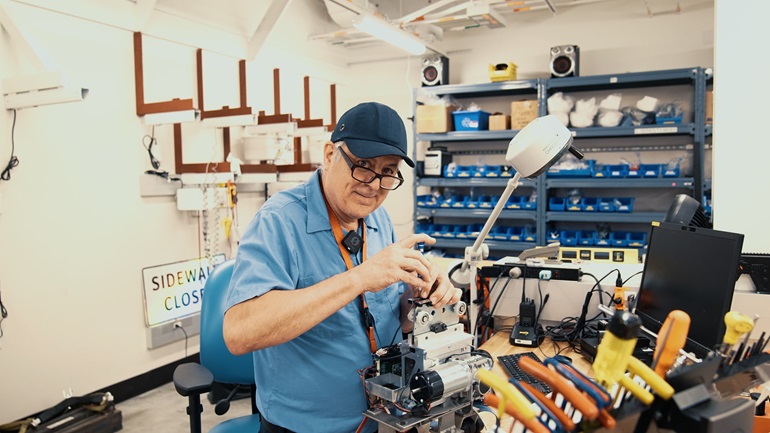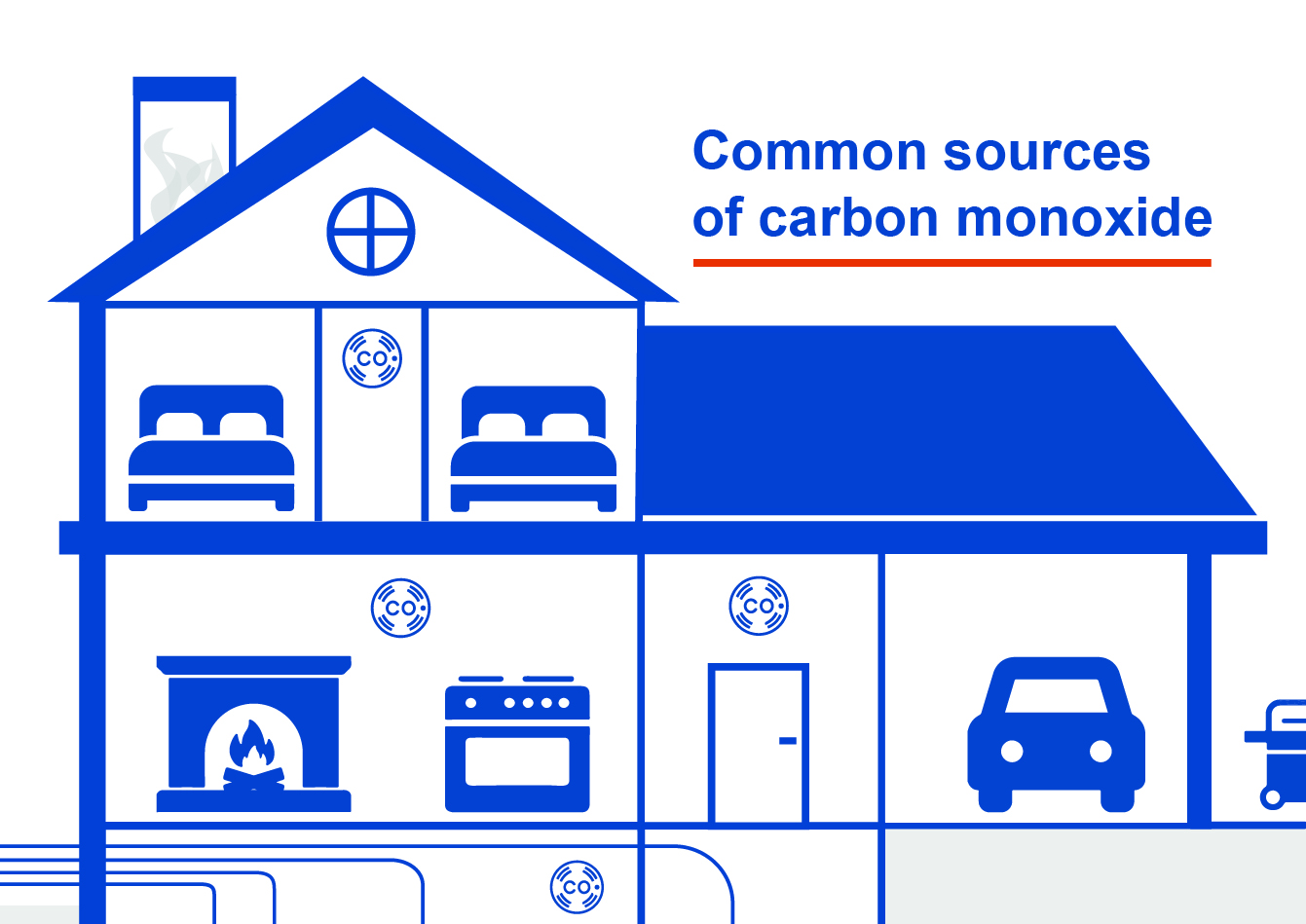
A repair shop at Royal Columbian Hospital ensures patient lifts are expertly maintained and repaired, supporting safe and dignified mobility for individuals across every hospital in the Fraser Health region.
Deep in the basement of Royal Columbian Hospital is a repair shop like no other. Within what has been dubbed the Royal Columbian Hospital Lift Lab, you’ll find Danny Hunchuk, a maintenance worker who, along with his colleagues, fixes and maintains all patient lifts throughout Fraser Health.
“We have approximately 3,700 in the region, and they’re all sent to this shop for scheduled maintenance or repairs. We get approximately 10 to 15 lifts a week, and we probably send out about 15 to 20 lifts a week. And with hospital expansions coming online, the number continues to grow.”
Mounted above patient beds and throughout hospitals, lifts are an essential tool for patient care.
Danny explains that lifts are important assets that support care in high-risk areas. They support medical imaging such as magnetic resonance imaging (MRI) and computed tomography (CT) scans, and help support patient care for patients with high-acuity medical needs.
“There are patients who need these lifts immediately. They can’t be down. That’s why we also have spares supplied to all the sites, so when they do send one to us, they have a backup they can put in place.”
When a lift or component arrives at the repair shop needing repair, with creativity and technical skill, Danny gets to work.
Danny shares an example: “We had a digital lift controller come in. It would cost about $700 to replace. I took it apart and cleaned it, and just like that, it was fixed. And we have hundreds of these in circulation.”
Royal Columbian Hospital operates approximately 250 lifts, with another 250 expected in the new Jim Pattison Acute Care Tower. Staff and medical staff will tell you how important each one is to providing patient care.
“Our patients are in bed, and we often have to move them and help them ambulate. It’s a lot of work, body mechanic-wise,” says Anzelo Palacio, a nurse with the Orthopedic Trauma Unit at Royal Columbian Hospital. “Without the lifts, some patients would have to move from a wheelchair to the bed or roll and maneuver themselves, and that can cause a lot of pain. From a patient's perspective, I haven’t met anyone who doesn’t love the patient lift. The lifts are very, very important.”
Providing quick solutions and support when equipment needs repair means we aren’t adding an unnecessary delay to a procedure or patient care.
“I recently had a call about an MRI lift that wouldn’t turn off. We got it into the repair shop and back to the MRI suite within 20 minutes. The patient was still able to receive their MRI without leaving the suite,” Danny recalls, recounting an experience he had just the day before.
What motivates Danny? Staff, medical staff and patients.
“All of us in the repair shop have a good relationship with the staff, and they appreciate what we do. It’s the patients who come first,” says Danny.
Just like any clinical unit, this behind-the-scenes shop plays a vital role in delivering excellent care, making sure the tools providers rely on function flawlessly to help you feel better, faster.


